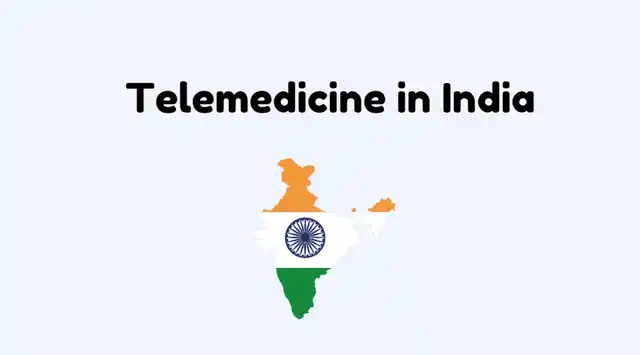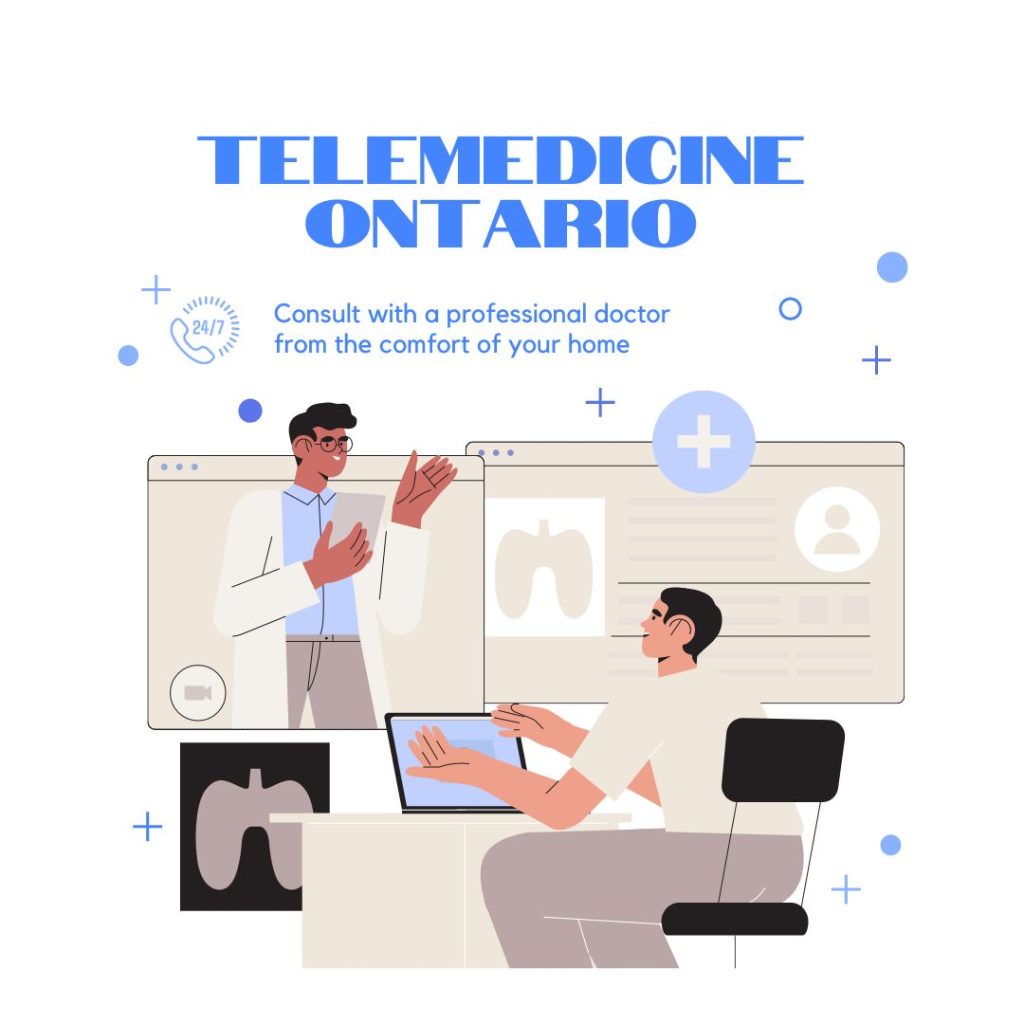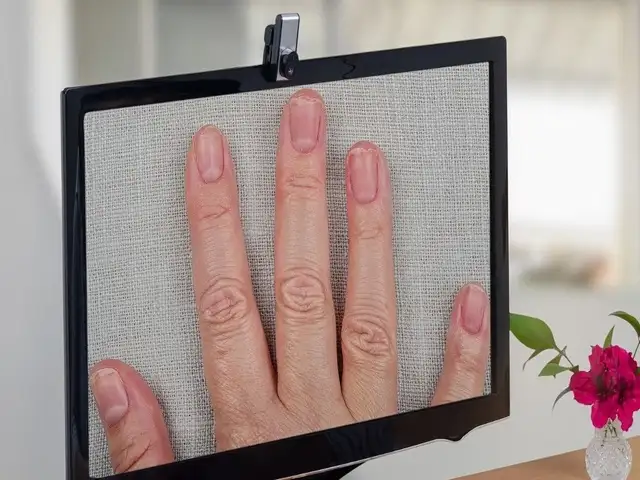Telemedicine is a growing trend in India, as it offers many benefits for patients. This article discusses the advantages of using telemedicine, the types of telehealth services available in India, the regulatory landscape, and the challenges faced by providers. Stay tuned for upcoming updates on this growing industry!
Introduction to telemedicine
Telemedicine is a trusted option for patients. Patients can consult with doctors remotely, which can help solve medical problems. Telemedicine can be used to provide mental health services, dental services, and more.

Telehealth has been defined as “the use of remote online or telephonic technology for care coordination, diagnosis, and treatment in the context of outpatient care” (Wikipedia). It is estimated that by 2020, over 267 million people will use telehealth devices annually (GSMA Intelligence). Telehealth applications have been developed for various purposes, including improving quality of life, managing chronic diseases, and relieving physical pain. Telemedicine is an essential solution in India, where it is often difficult for patients to access healthcare due to cost or distance constraints.
Various studies have shown telemedicine is a safe and reliable way to access healthcare (Agency For Healthcare Research And Quality). Furthermore, patient satisfaction rates are high compared to traditional modes of clinical delivery, such as face-to-face consultations (ICDDR Global). As the world becomes increasingly connected and mobile, the demand for easier access to quality healthcare will continue to grow.
Benefits of using telemedicine
As India continues to grow, more people are becoming aware of the many benefits of telemedicine. Patients in India can now receive reliable and affordable medical services from doctors worldwide.
There are many reasons why patients prefer telemedicine:
- Telemedicine is convenient for patients. The patient does not have to leave home or travel long distances to see a doctor. They can easily access care through devices like smartphones and computers.
- Telemedicine offers patients different options for seeing doctors. By seeing different doctors, they can find one that specializes in the type of health problem they’re experiencing, which may lead to better treatment outcomes.
- 3) Telemedical consultations are often cheaper than traditional visits to physicians or hospitals.
Types of telemedicine
Telemedicine is an excellent way to connect with patients from all over the world. By using telemedicine, you can treat patients remotely and ensure they receive high-quality care. There are three types of telemedicine: remote patient care, video consultation, and virtual clinic.
Remote Patient Care allows doctors to provide treatment not in their office or hospital location. This type of telemedicine is beneficial because it decreases travel time for the doctor and allows more flexibility for the patient as they can get treatment when it’s convenient for them.
Video Consultation offers a similar experience to remote patient care, but instead of seeing a doctor in person, the patient sees a specialist through a video chat interface. This method is popular among people with health problems that make face-to-face consultations difficult or impossible such as vision issues or hearing loss.
Virtual Clinics use technology to create simulated environments where doctors can consult with multiple patients at once before making a diagnosis or prescribing medication. Virtual clinics allow more accurate analysis of data which helps improve treatment choices.
The landscape of telemedicine in India
Telemedicine is a trusted option for patients. A recent study found that 85% of respondents would recommend telemedicine to their friends and family, and 86% feel more relaxed about receiving health information over the phone or online than in person.
There are many telemedicine services available in India, from general practitioners (GPs) who can offer remote consultations with specialists to cancer clinics that offer state-of-the-art treatments beyond the reach of regular hospitals. Telehealth is an affordable, efficient way to provide care to patients who might not otherwise have access to it. In addition, since all data is encrypted and HIPAA compliant, telemedicine can maintain patient privacy while providing reliable medical advice.
Telemedicine provides an alternative solution for people who cannot easily get into a clinic or cannot afford expensive treatment expenses. It’s also becoming increasingly popular as an effective tool for primary care providers (PCPs). They can treat common complaints such as allergies without having patients travel long distances or wait weeks for appointments at specialist clinics. As more Indians gain access to quality healthcare, the demand for telemedicine will only grow.
Regulation and oversight of telemedicine in India
The Indian government has been taking measures to regulate and oversee telemedicine in India. This results from patients’ high level of trust in these services. Currently, three types of medical care can be delivered through telemedicine: primary, secondary, and tertiary care.
Primary care refers to providing health consultations between doctors and patients who do not require hospitalization or surgery. Secondary care covers all other forms of medical consultation, including diagnostics examinations, treatments such as prescriptions or surgeries done remotely by a doctor monitoring you from a remote location, and support for post-discharge rehabilitation programs. Tertiary care encompasses any electronic health service beyond the two previous categories, such as long-term chronic condition management programs or sophisticated dementia interventions.
The quality of telemedicine services is high in India because there are stringent regulations governing how clinics must be set up, staff must have appropriate training, and patient data must be properly protected at all times. Furthermore, every clinic registered with the National Medical Commission (NMC) undergoes annual inspections to ensure compliance with regulations. Hospitals also use certified videoconferencing equipment for consultations so that doctors and patients can see each other clearly without traveling physically.
Telemedicine has revolutionized healthcare worldwide; it’s estimated that over 1 billion people use it regularly across 71 countries1. In India alone, over 50
Challenges faced by providers in India
Telemedicine is a trusted option for patients in India, and the country has made great strides in recent years to provide quality medical care. While providers face many challenges, these can be overcome with the help of technology.
- Infrastructure limitations: Despite advances in telemedicine, many Indian providers still face infrastructure limitations like low bandwidth or poor phone lines that make it difficult to transmit high-quality video and audio signals between doctors and patients. These difficulties can be overcome with the use of Remote Patient Monitoring (RPM) software that allows practitioners to monitor their patients from any location.
- High costs: Telemedicine is expensive due to the need for reliable internet connections and a skilled workforce, which makes it prohibitive for small clinics or remote locations.
- Difficulty attracting patients: Patients often find telemedicine difficult to understand due to language barriers, so they may not pick up on offers made through this mode.
- System errors are common: Even though systems have improved over time, system failures remain a common problem across all telehealth applications.
- incorrect information relayed through systems leads to further confusion among users
- Patients experience difficulty relaying information through the system
Developments in the Indian telehealth industry
The Indian telehealth industry is growing rapidly, with a lot of progress being made in terms of technology and infrastructure. There are a lot of platforms that offer telehealth services in India. This means that patients have a lot of options when it comes to choosing the right telemedicine service for them.
One trend that’s been seeing growth is telehealth consultations over video calling. Video calling has become increasingly popular because it allows people to connect without having to go through long phone calls or wait for hours on end for an online consultation session to start up again. It also allows patients to see their doctor in real-time and avoid any inconvenience caused by travel delays or other medical emergencies.
The Indian telehealth industry is expected to grow at a CAGR (compound annual growth rate) of 18% between 2015-2020, making it one of the fastest-growing industries in India.
Conclusion
Telemedicine is an increasingly popular trend in the healthcare industry, providing patients access to specialist medical care from a distance. In this blog, we discussed some of the benefits and challenges of using telemedicine and provided a brief overview of the landscape and regulation of the telehealth industry in India. We hope you found this informative!


